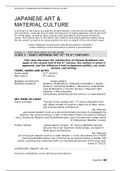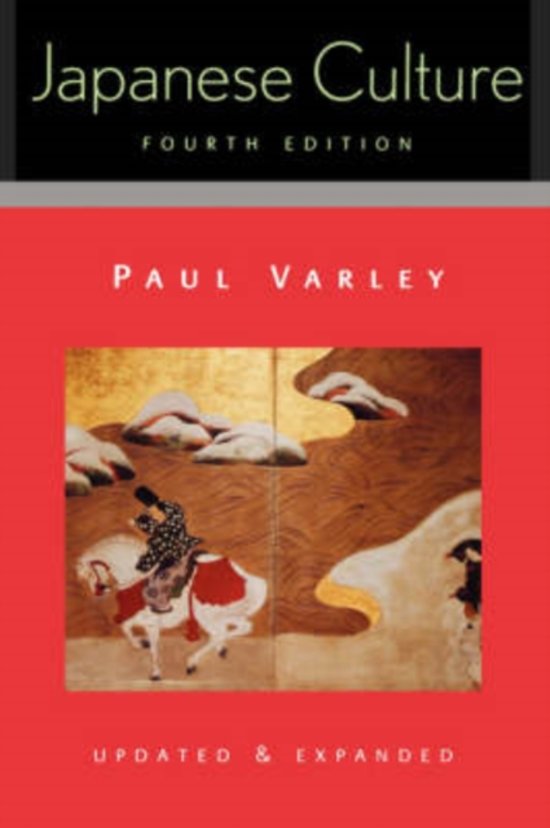Summary
Arts and Material Culture of Japan / Japanese arts and material culture : samenvatting Leiden Universiteit (2020)
- Course
- Institution
- Book
A summary of the lectures and literature needed to pass Japanese Art and Material Culture for Japanstudies at Universiteit Leiden as given by the instructor Doreen Müller / Doreen Mueller . It uses the literature given for the course: Varley 's " Japanese Culture " 4th edition and Guth 's " Art o...
[Show more]




